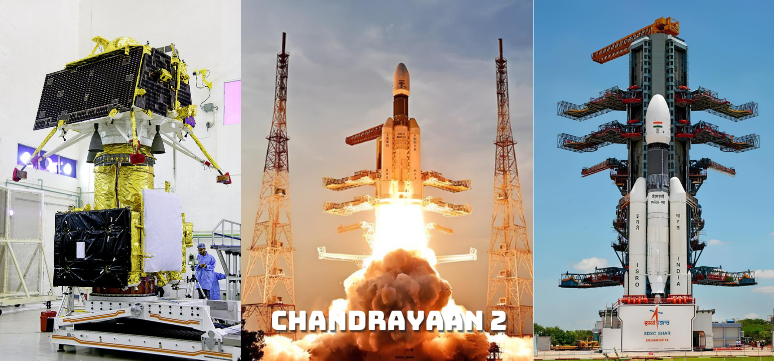

Cosmox Blogs
Chandrayaan 2: India's Lunar Ambition
It was about 1:30 on September 7th, 2019. Like millions of people, I had my eyes set on the much-awaited first moon landing attempt by India. The Vikram lander was following its intended trajectory perfectly. “Just a few seconds until we make history,” said a speaker in the live telecast. Then, a sudden silence filled the mission control center...
India’s moon lander crash landed on the moon’s surface.
But how did this mission come to be? Was the mission a complete failure? Why did the lander fail?
In this article, we analyze these questions and more while going through the mission that paved the way for a continued and successful Chandrayaan program and ultimately Chandrayaan 3
Chandrayaan Programme
The Indian Academy of Sciences first discussed the idea of lunar scientific missions in a 1999 meeting. After considering proposals and conducting a feasibility study, the committee recommended prioritizing lunar missions. On October 22, 2008, India launched its first moon mission with an orbiter and an impact probe proposed by then president APJ Abdul Kalam. The mission was a great success, and a follow-up mission was planned.
Objectives of the mission
A formal list of objectives is always necessary to provide clarity and a definite purpose for a mission. For Chandrayaan 2, the mission objectives were as follows:
-> Expanding existing technologies from Chandrayaan-1 and developing and demonstrating new technologies for future planetary missions.
-> Develop and deploy a Lander-Vikram for soft landing on a specific lunar spot, as well as a Rover for element analysis in situ.
-> To carry payloads on the orbiter ship that will improve the resolution of Chandrayaan-1's scientific goals.
-> Scientific objective: With a thorough examination of topography, mineralogy, surface chemistry, regolith characterization, and exospheric molecules, increase scientific knowledge of the Moon and improve our comprehension of its formation and development.
Collaboration & self reliance
The Indian Space Research Organisation’s (ISRO) agreement with the Russian ‘ROSCOSMOS’ meant that the two organizations would collaborate on the second lunar project, making Russia responsible for the development of the lander. This turned out to be a roadblock due to the failure of a Russian mission using the same instruments as in the lander and further delays by the organization. India was now left to be self-reliant in almost every aspect of the mission. Despite these setbacks, ISRO continued to push forward. As the Mars transfer window approached, ISRO made the strategic decision to repurpose some of Chandrayaan 2's hardware for the Mangalyaan mission.
The spacecraft & and its components
Let us now get into the nitty-gritty of the spacecraft. The Chandrayaan-2 spacecraft is made up of an Orbiter Craft (OC) and a Vikram Lander, which houses a six-wheeled Pragyan Rover.
Vikram Lander: The lander on Chandrayaan 2 is called Vikram, after the Indian space program's founder, Dr. Vikram A. Sarabhai. Its intended duration of operation was supposed to be one lunar day or roughly fourteen Earth days. Vikram was able to speak with the Orbiter and Pragyan rover, as well as the IDSN at Byalalu, close to Bangalore. With a touchdown speed of two meters per second, the lander intended to make a soft landing on the moon.
Pragyan Rover: Pragyan, which means "wisdom" in Sanskrit, is the six-wheeled robotic vehicle that served as Chandrayaan 2's rover. It uses solar energy to power its movement and has a top speed of one centimeter per second up to 500 meters (0.5 km). It was able to speak with the lander.
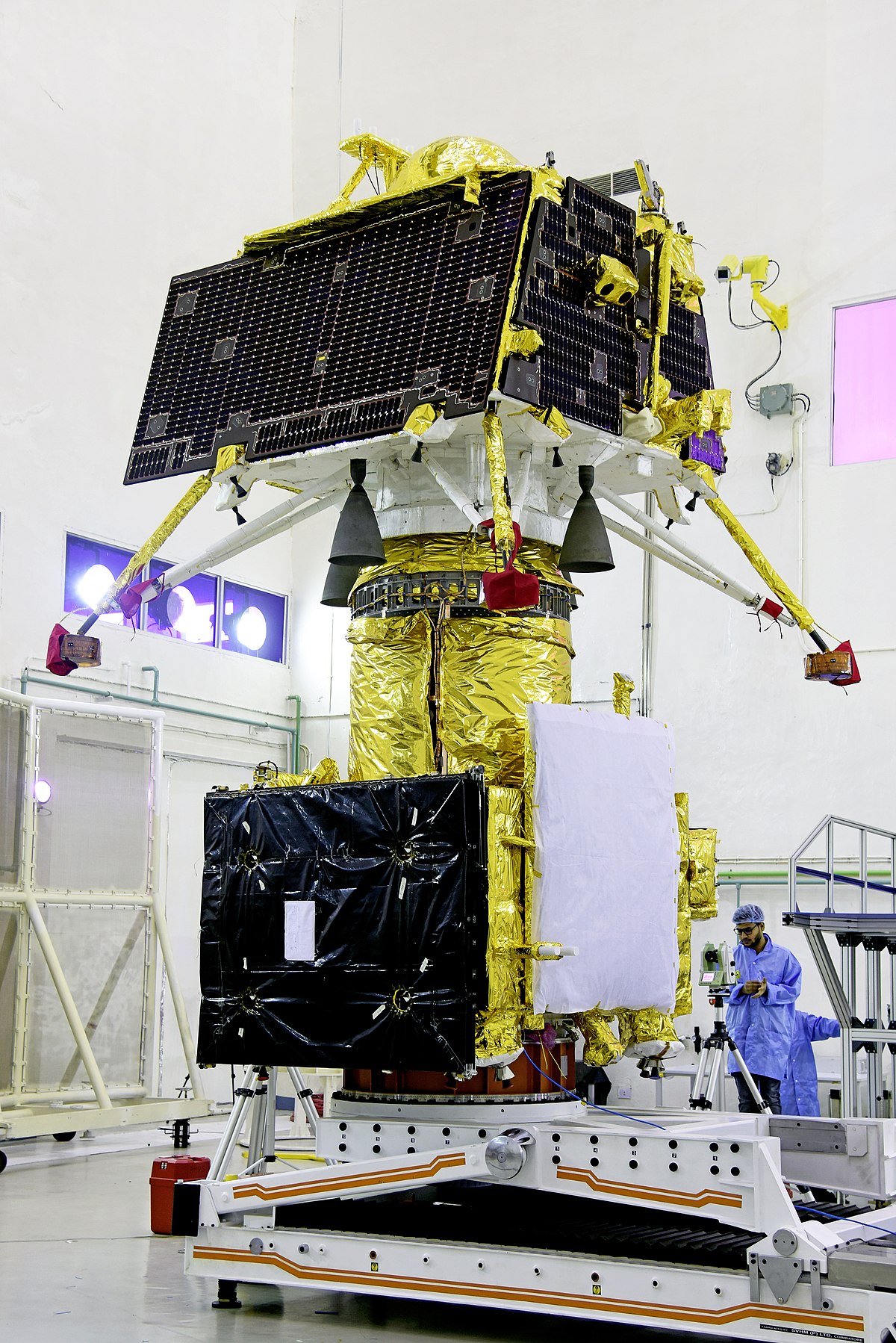
Orbiter Payloads
-> Terrain Mapping Camera-2 (TMC-2): The TMC-2 payload provides panchromatic images (0.4μm to 0.85μm) and stereo triplets from a 100 km circular orbit around the moon to create a detailed 3D map or Digital Elevation Model.
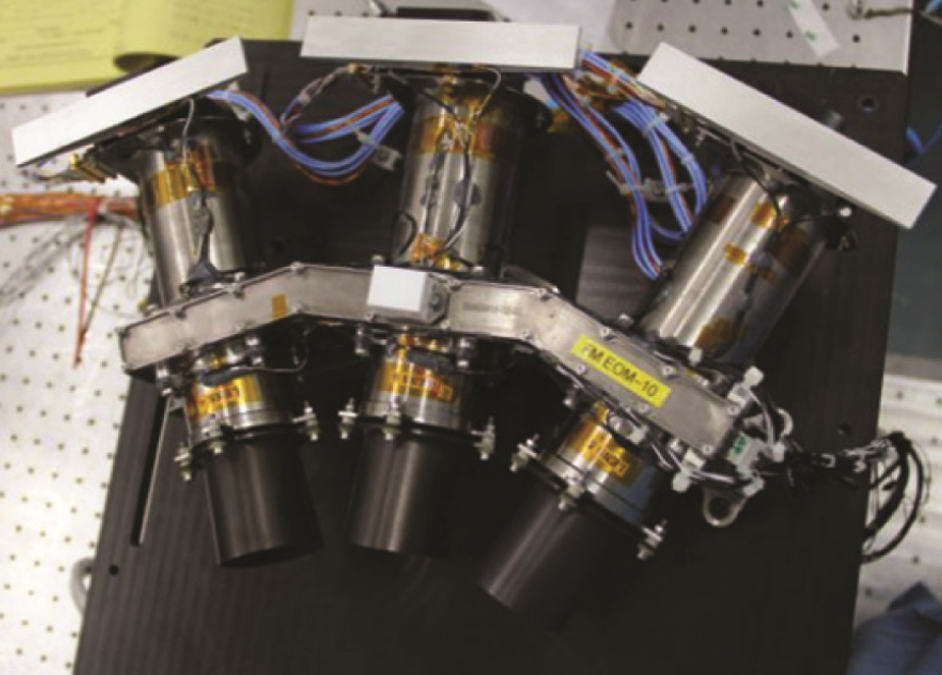
-> Chandrayaan 2 Large Area Soft X-ray Spectrometer (CLASS): CLASS derives the elemental composition of the Moon’s surface.It is an XRF experiment used to map the elemental abundances of major rock-forming elements on the lunar surface, with a spatial resolution of 12.5 km x 12.5 km.
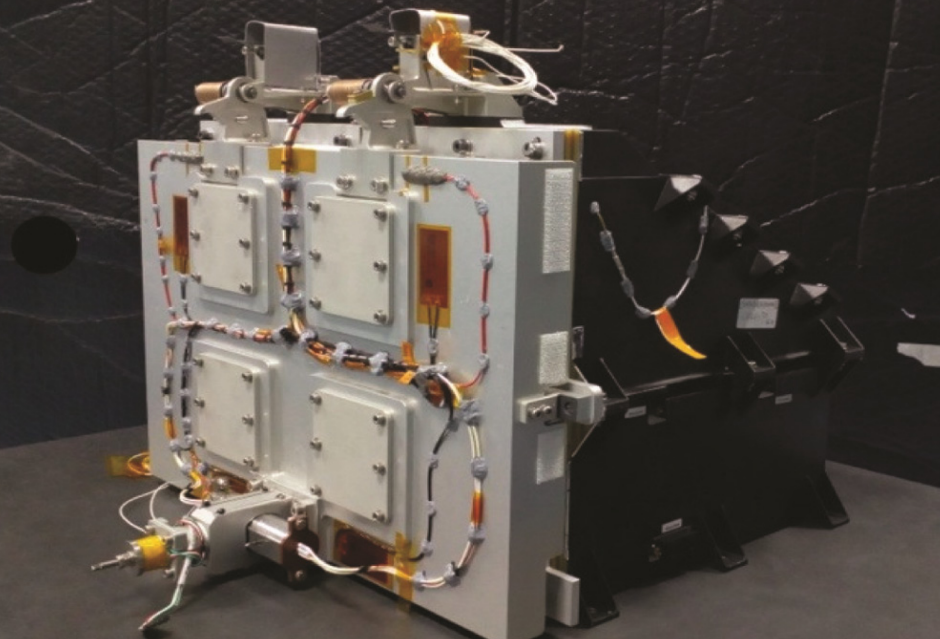
-> Solar X-ray Monitor (XSM): XSM provides solar X-ray spectrum inputs for CLASS. It is used for remote X-ray fluorescence spectroscopy. It measures soft X-ray spectrum from the Sun, used for Lunar X-ray fluorescence measurements and estimating Lunar surface elemental composition. The instrument uses a Silicon Drift Detector and an innovative moving mechanism to cover X-ray energy ranges.
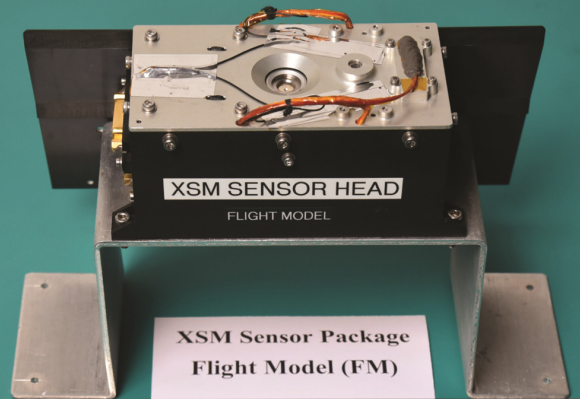
-> Imaging IR Spectrometer (IIRS): IIRS maps the Moon’s mineralogy and confirms the presence of water on the lunar surface. It is a hyperspectral instrument used for studying lunar surface mineralogy, operating in the 800-5000 nm spectral range with 256 contiguous bands. It has an 80m ground sampling distance and a 20 km swath at the nadir from a 100 km orbit altitude.
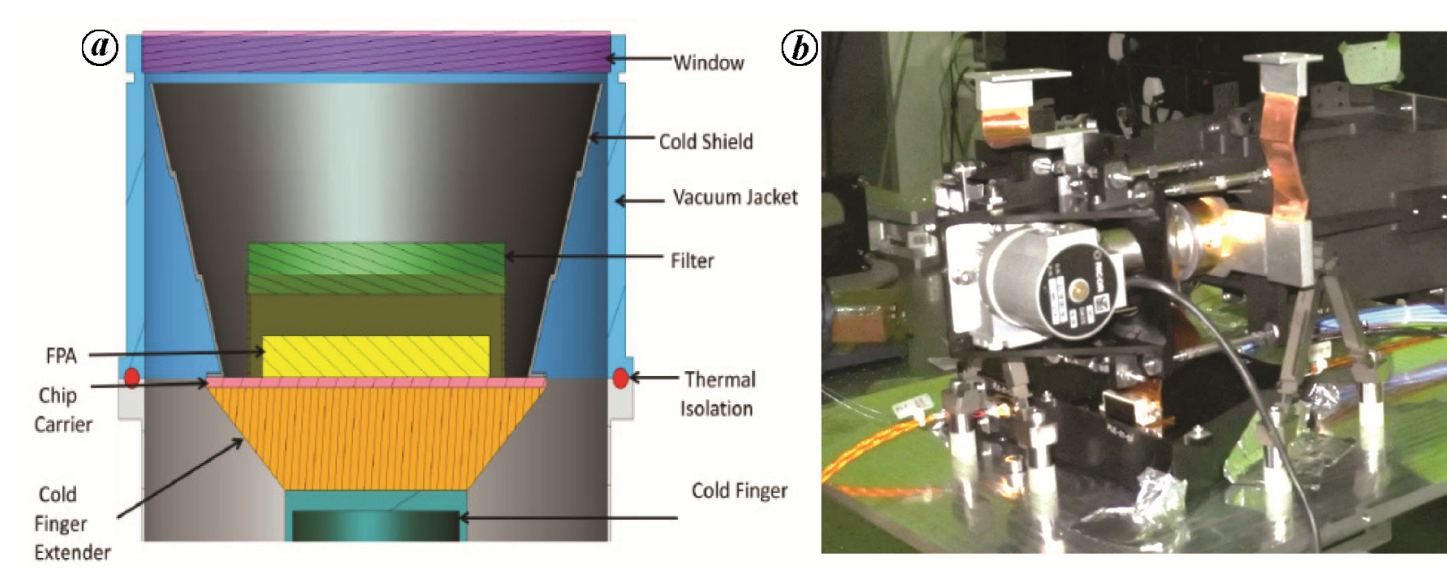
-> Dual Frequency Synthetic Aperture Radar (SAR): SAR maps the polar regions and searches for water-ice at the sub-surface levels. It is a microwave imaging instrument with L-band and S-band systems, capable of detecting water-ice on lunar poles. It operates in fully-polarimetric and hybrid-polarimetric modes, providing quantitative estimation of water-ice over lunar poles. It offers high resolution with a 2m slant range.
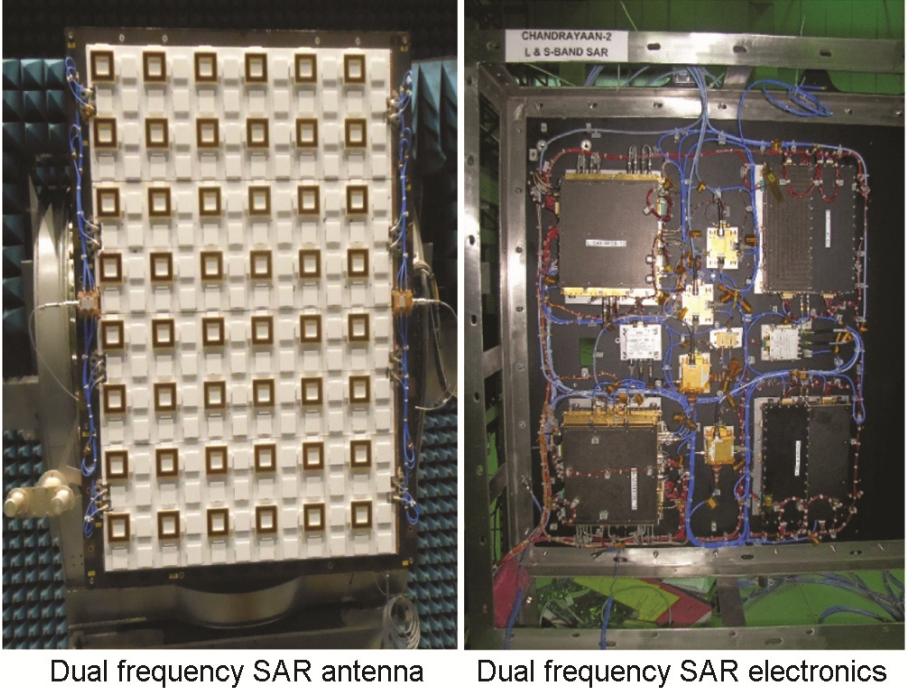
-> Chandrayaan-2 Atmospheric Compositional Explorer-2 (CHACE-2): CHACE-2 examines the Moon's Neutral exosphere. It is a quadrupole mass spectrometer used to study lunar exosphere composition. It features a quadrupole mass filter and a Bayard Alpert gauge.
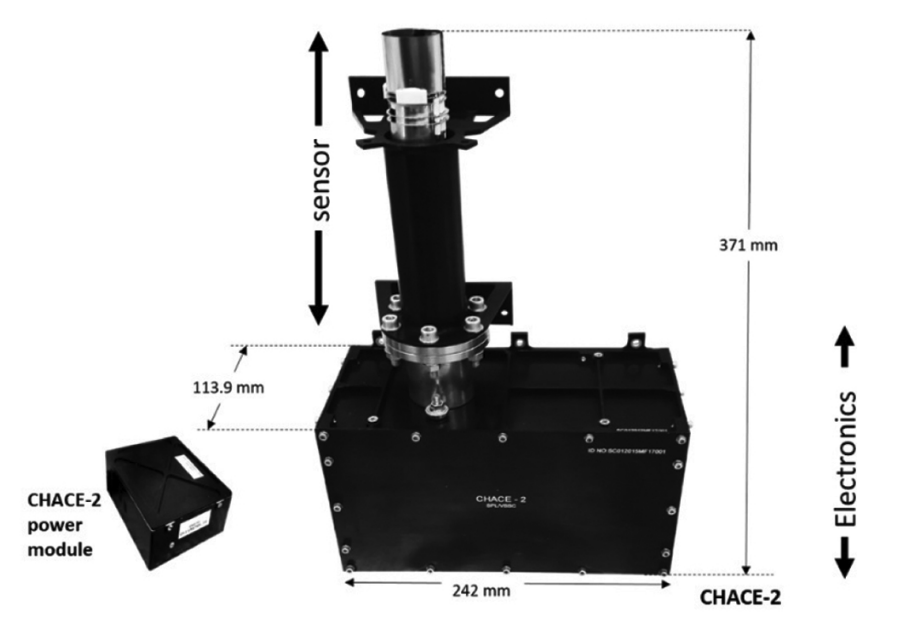
-> Orbiter High Resolution Camera (OHRC): OHRC conducts high-resolution topography mapping. It is a high spatial resolution camera used to image landing-site regions before and after landing, aiming to characterize and find hazard-free zones.
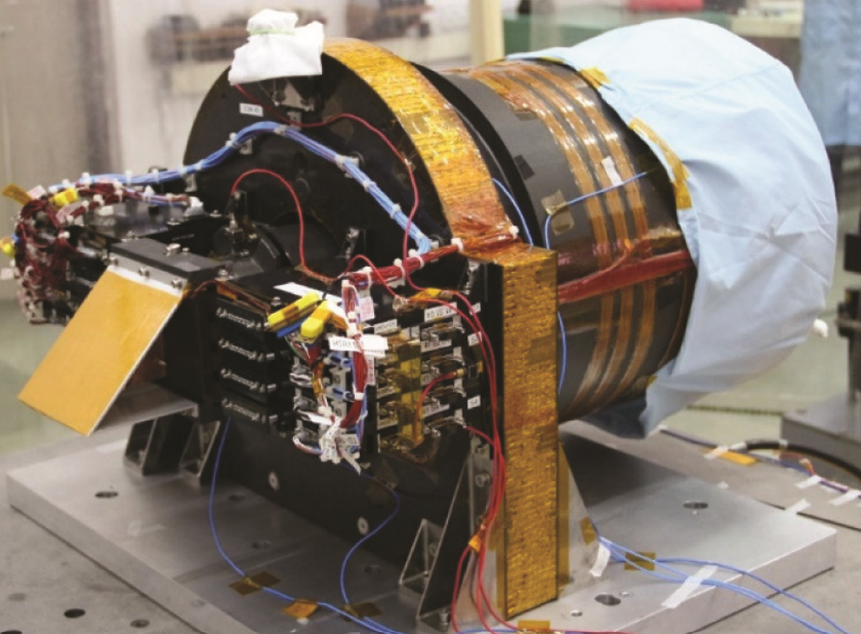
-> Dual Frequency Radio Science (DFRS) experiment: The Dual Frequency Radio Science (DFRS) experiment on Chandrayaan-II uses a stable 20 MHz EMXO source to study the temporal evolution of electron density in the Lunar ionosphere. The experiments aim to study variations in the Moon's ionosphere/atmospheric atmosphere, explore if the ionosphere is omnipresent or episodic, and confirm the source of ions, with observations occurring every two hours.
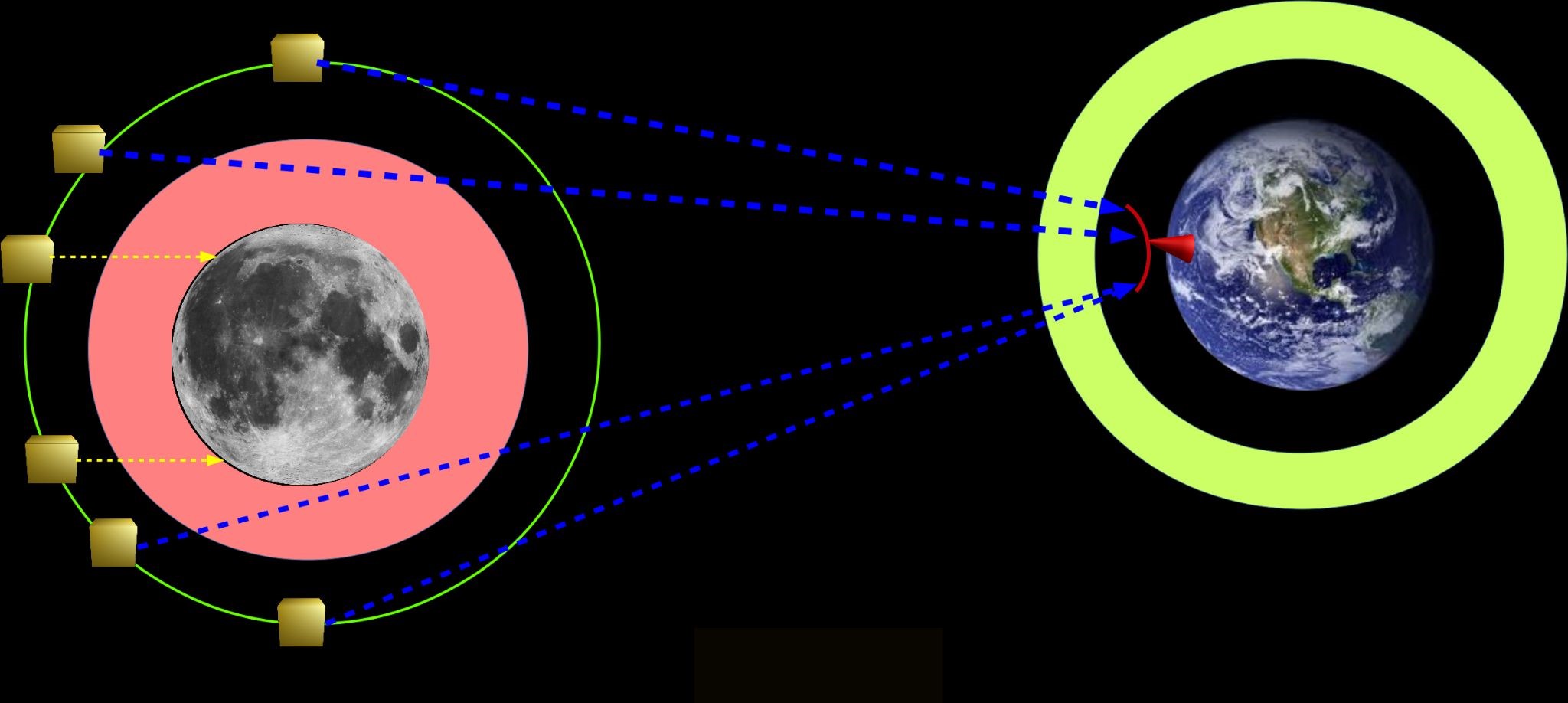
Lander Payloads
-> Instrument for Lunar Seismic Activity (ILSA): This payload's main goal is to characterize the seismic activity surrounding the landing site.
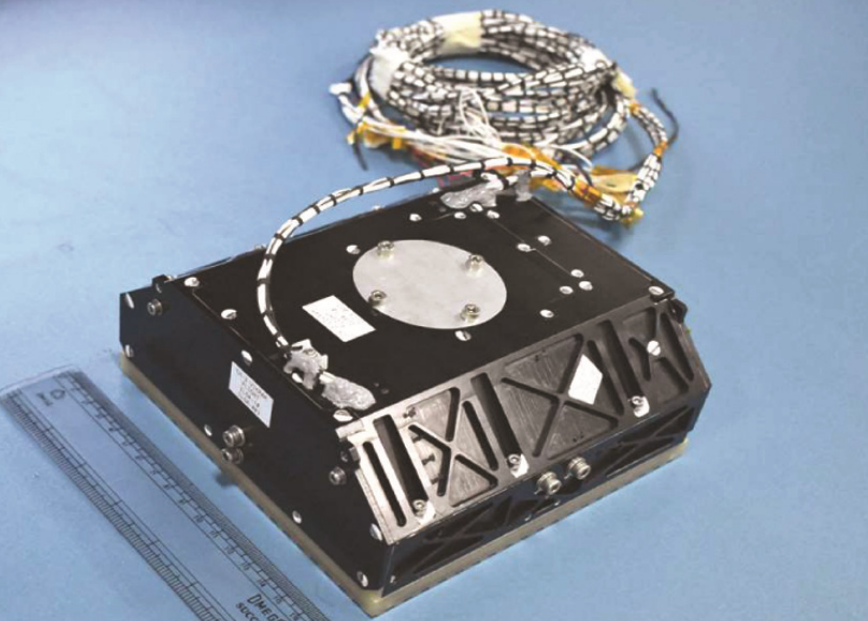
-> Chandra’s Surface Thermo-physical Experiment (ChASTE): ChaSTE aims to measure lunar surface temperature profile and thermal conductivity, and understand surface thermophysical characteristics.
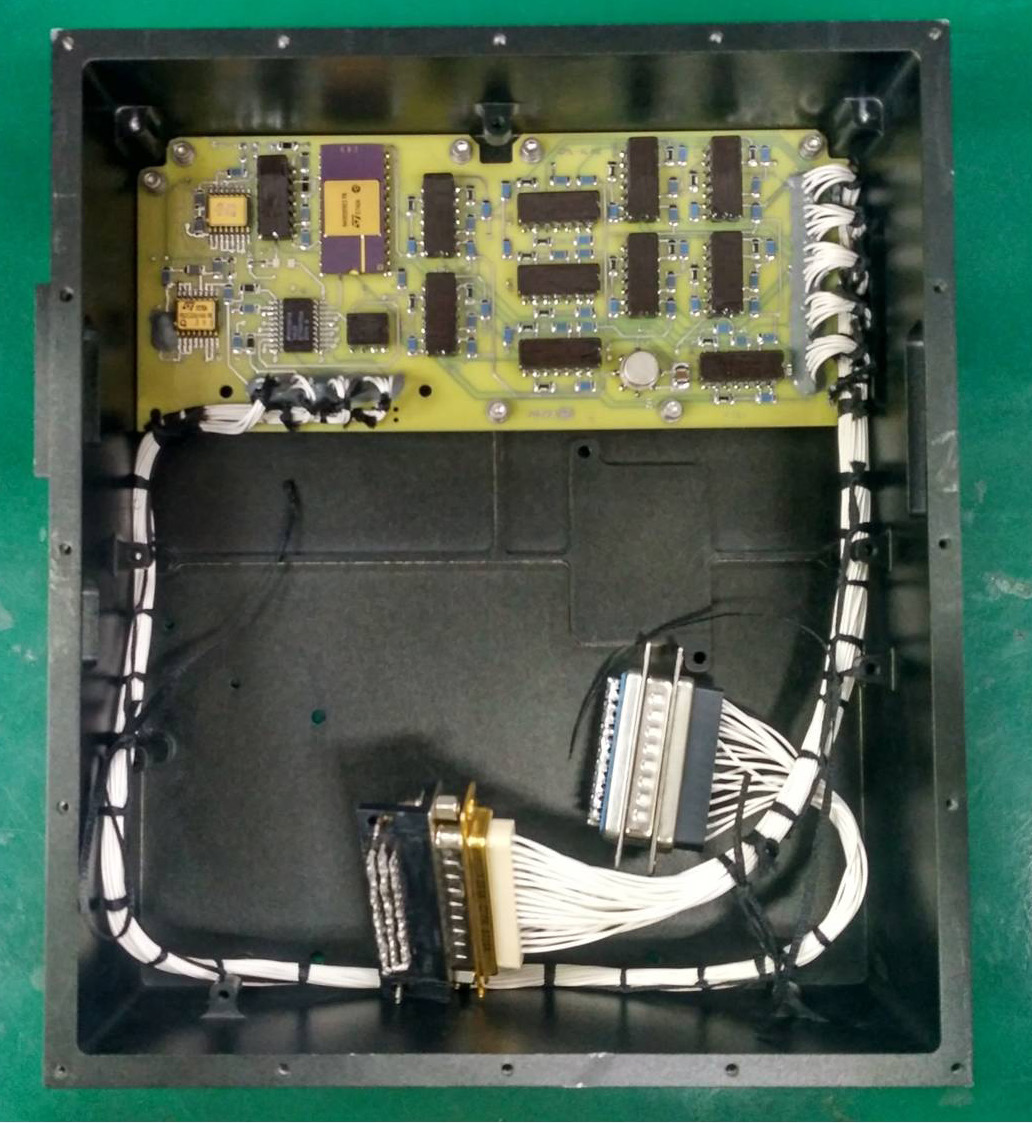
-> Langmuir Probe (LP): The payload aims to measure lunar temperature and electron density near the surface and record the temporal evolution of lunar plasma density under various solar conditions.
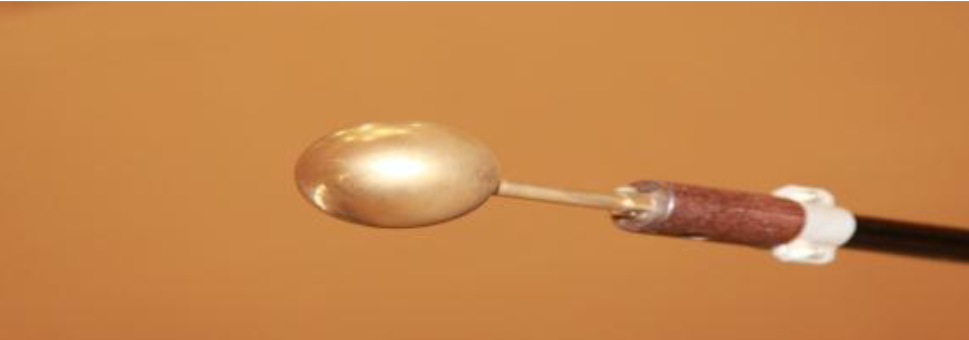
-> Laser Retroreflector Array (LRA)- Passive Experiment: LRA by the Goddard Space Flight Centre aimed to help us understand the dynamics of Earth’s moon system and also derive clues about the lunar interior.
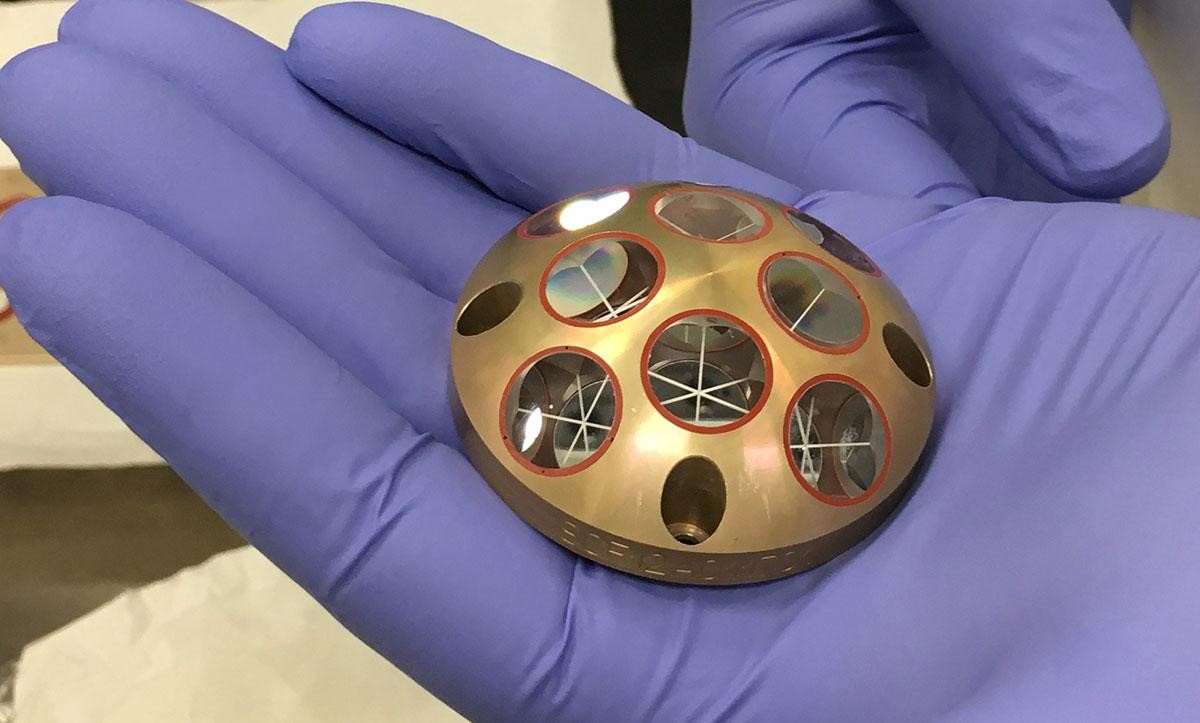
Rover Payloads
-> Laser Induced Breakdown Spectroscope (LIBS): By subjecting the planetary surface to a laser source, a process known as Laser Induced Breakdown Spectroscopy (LIBS) creates a plasma of the elements present at the surface, whose distinctive lines of emission are analyzed using spectroscopy. This payload's main goal is to identify and quantify the quantity of components in the vicinity of the landing site.
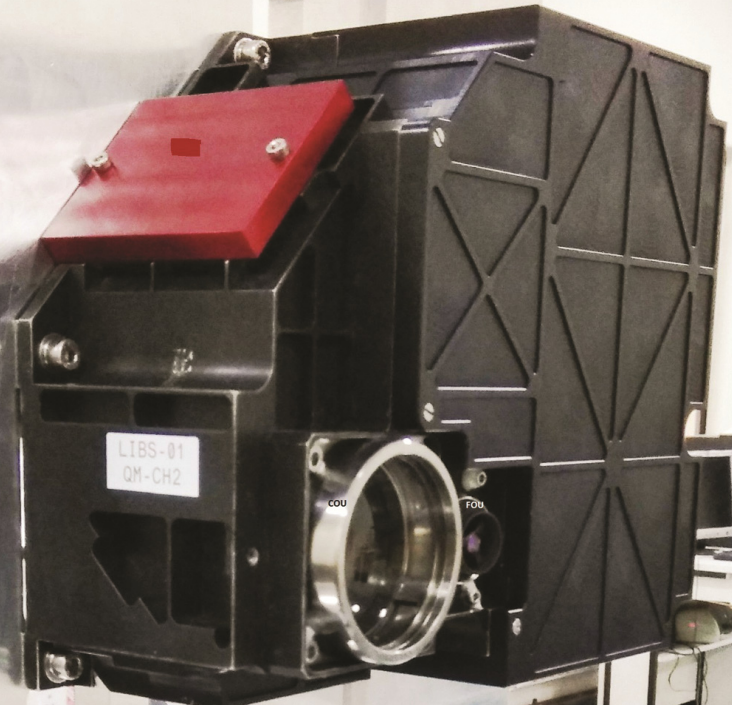
The Mission
The mission posed quite a few challenges for the team at ISRO.
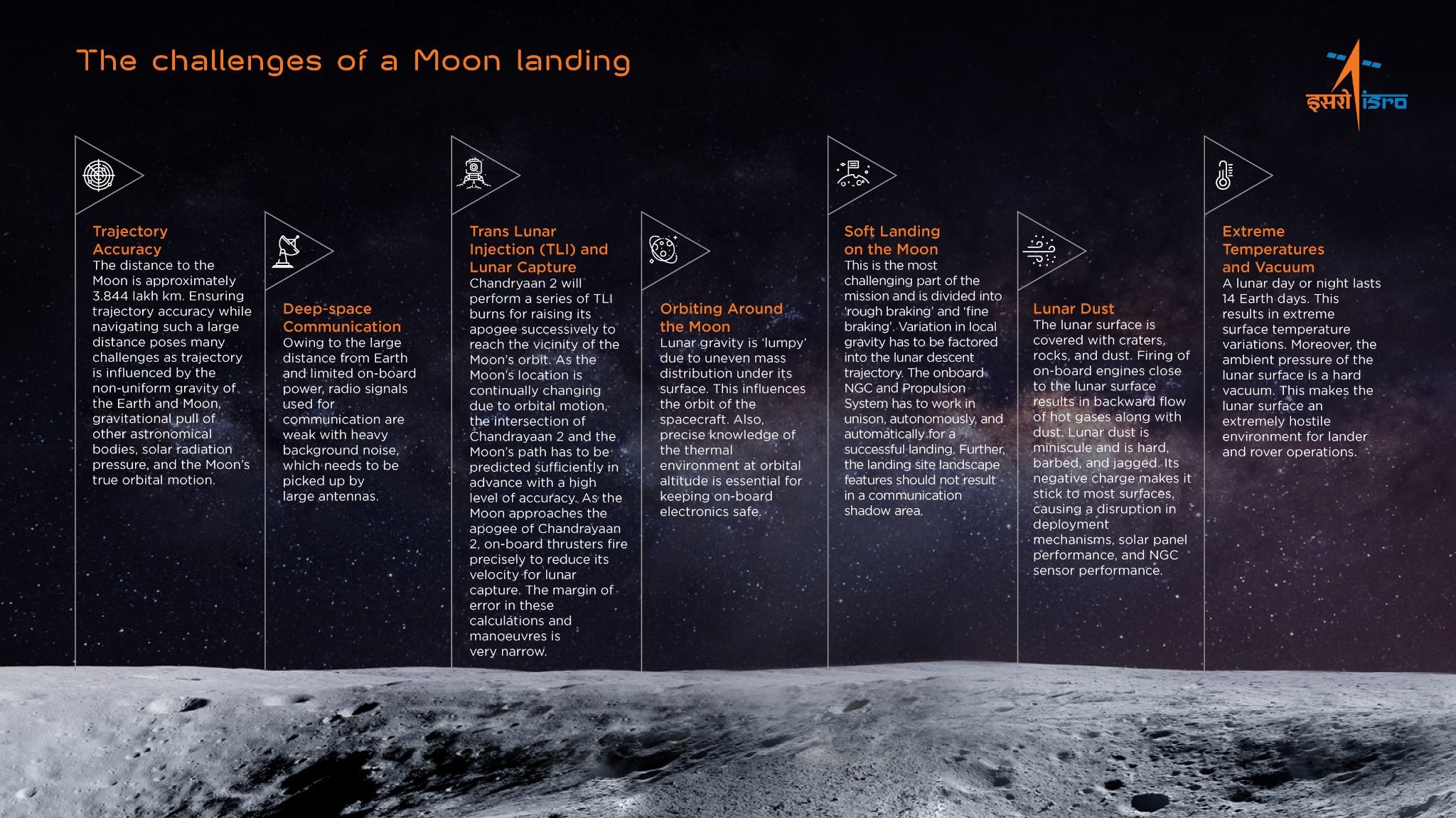
Initially, the GSLV Mk II was supposed to carry the orbiter but increased spacecraft mass and issues with launch vehicle upratement made it so that the LMV3 (formerly GSLV Mk III) had to be the launch vehicle for Chandrayaan 2.
Chandrayaan-2 was ultimately launched on LVM3 on July 22, 2019, after a decade-long wait. The Chandrayaan-2 mission, involving multiple time-critical events, was divided into phases. It began with Chandrayaan-2 being injected into an Earth Parking Orbit, then into the Lunar Transfer trajectory. After six days, it was inserted into a lunar orbit. On August 20, the mission transitioned to a lunar orbit, separated into two independent satellites, and then to an interim orbit. Vikram remained in this orbit for approximately four days to validate its performance.

Vikram's descent, why did it fail?
On September 7, 2019, Vikram began its descent with the intention of landing on the moon. The initial trajectory was within mission limitations but the lander deviated from its intended path at 2.1 km and with a final vertical velocity of 58 m/s at 330 m above the surface which was noted to be too fast. A failure analysis committee was set up to analyze why the lander had failed. Although the complete report has not been made public, it was concluded that the failure had been due to a software glitch. Four years later, ISRO chairman S. Somanath disclosed the three main causes of the failure:
-> The lander's inability to turn quickly because it was not designed to operate at such a high speed.
-> The presence of five engines that produced a higher thrust, caused the errors to accumulate over time.
-> The landing site's small 500 by 500 m dimensions, gave the lander less margin for error.
Mission accomplishments - Why it is NOT a failure?
The Chandrayaan probe has conducted experiments on the Moon's atmospheric composition, trace elements, and more. In October 2023, the probe discovered an abundance of sodium on the Moon, with a tail of sodium atoms thousands of kilometers long. The probe also detected water and hydroxyl ions on the Moon, with higher concentrations observed in sunlit regions. The Chandra Atmospheric Composition Explorer-2 detected Argon-40 in the lunar exosphere, with significant spatial heterogeneity. The Large Area Soft X-ray Spectrometer (CLASS) detected magnesium, aluminium, silicon, calcium, titanium, iron, and minor elements like chromium and manganese. The Solar X-ray Monitor (XSM) observed microflares outside the active regions of the Sun. The DFSAR instrument studied the Moon's subsurface features, and the TMC 2 found geologic signatures of lunar crustal shortening and volcanic domes. The DFRS experiment studied the Moon's ionosphere, showing a plasma density of 10^4 cm^3 in the wake region.
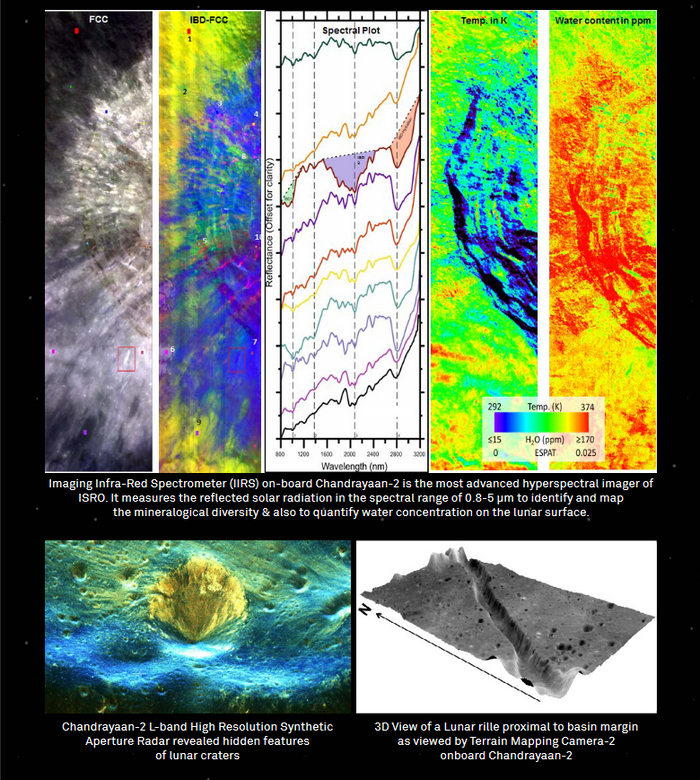
Conclusion
Chandrayaan 2 was quite a complex mission. It is admirable that the efforts of thousands of people culminated in India’s moon mission. For many, it was the inspiration that pivoted their careers into space science. The mission also teaches us that even if we face multiple setbacks, we must persevere. Even if we fail, we must persevere. For in perseverance lies learning

Cosmox Blogs
A non profit organization that works on writing and delivering blogs on cosmology, natural sciences & environment, so that people can learn more about it. We even run a forums page, where our users interacts with each other and discuss about Cosmology, Natural Sciences & Astronomy. We even run an instagram and a youtube channel with podcasts.